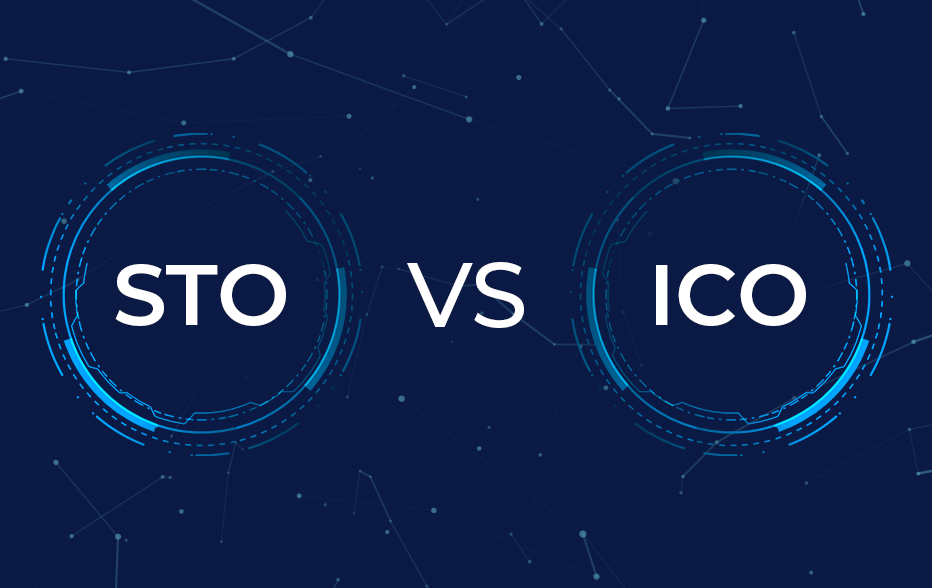What is Litecoin? A Beginners Guide to Litecoin and how it works

Litecoin is the second-oldest cryptocurrency after Bitcoin and may not make headlines as often as bitcoin; it is nevertheless a well-known cryptocurrency.
While Bitcoin has become more of a “store of wealth,” Litecoin is designed to be utilized in daily transactions. In addition, Litecoin sought to address some of Bitcoin’s perceived faults, such as transaction processing times and mining monopolies, among other things.
Litecoin basics
Bitcoin was forked, and Litecoin was born. As with other cryptocurrencies, Litecoin uses a transparent, digital public ledger that is peer-to-peer and decentralized. People and organizations throughout the globe may swap Litecoins extremely instantly, at nearly no cost, according to the currency’s design.
Litecoin employs a proof-of-work technique similar to Bitcoin to validate transactions on the blockchain. However, it’s regarded as a “lighter,” and speedier version of Bitcoin as new blocks are mined every 2.5 minutes.
Unlike conventional fiat currencies, the total quantity of Litecoins in circulation is capped at 84 million, and approximately 67 million Litecoins were drilled by October 2021.
Moreover, by reducing the time required to add new blocks of transactions to its blockchain, Litecoin’s technology would first distinguish itself from its rivals. Businesses, which previously had to wait for six confirmations (roughly an hour) before considering Bitcoin payments complete, may find this advantageous. Litecoins’ objective is to adopt a more aggressive development strategy.
In the middle of the 2010s, they pioneered new features like the Lightning Network and Segregated Witness, also present on Bitcoin. The market has seen these initiatives as more in keeping with Litecoin’s ethos than as a means of igniting competition across networks because it has always been marketed as an alternative to Bitcoin. Early marketing attempts went as far as branding the currency as “silver to bitcoin’s gold,” which continues to attract consumers today.
How Litecoin works
Litecoin is a version of the Bitcoin code with many of the same characteristics. As a result, if you’re familiar with Bitcoin, you’ll probably have no problem comprehending Litecoin.
Litecoin’s software sets a hard cap of 84 million on the total number of LTC that may ever be issued using cryptography for ownership and trade.
Proof-of-work mining, like Bitcoin, is used by Litecoin to allow anybody who devotes the resources of their computer to add new blocks to the blockchain and earn the newly created Litecoin.
Litecoin strives to complete transactions quicker and employs a different mining method, the two critical distinctions. A new block is added to the Litecoin network about every 2.5 minutes (as opposed to 10 minutes on Bitcoin).
To limit the efficiency of Litecoin’s mining algorithm of specialized mining equipment, however, proved ineffectual. (Currently, large-scale Litecoin market miners are dominated by large-scale hobbyist miners.)
Litecoin has since been a great testing ground for developing new and innovative cryptocurrency features.
Litecoin implemented “Segregated Witness” in 2017 to increase the number of transactions that may fit in a block. Litecoin’s first Lightning transaction was performed later that year, demonstrating how a layered network architecture may be used.
Litecoin vs. Bitcoin
While bitcoin and Litecoin have many characteristics, there are a few key distinctions:
| Litecoin | Bitcoin | |
|---|---|---|
| Technique | Scrypt is used by Litecoin. As a result of Scrypt’s design, Litecoin became a more popular alternative to ASIC-based mining custom hardware options. | Bitcoin employs the SHA-256 hashing algorithm. SHA-256 is often a more sophisticated algorithm than Scrypt. The miners also attempted to Mine Bitcoin using some of the most advanced techniques. To do this, miners opted to use ASICs, which are Bitcoin-specific hardware devices. |
| Market Capitalization | Litecoin has a lesser capitalization than bitcoin, yet it is still one of the most popular cryptocurrencies in the world. | Bitcoin has a higher market Capitalization |
| Speed of Transactions | To encourage people to use Litecoin, its founders attempted to make transactions as fast as feasible. Because Litecoin transactions take less than 2.5 minutes to process, it has grown in popularity over time. | Bitcoin transactions typically take less than nine minutes to be confirmed. However, this might vary depending on the volume of transactions taking place at the time. |
| The Number of Coins | litecoin has 84 million coins in circulation, | 21 million coins in circulation. |
How to Trade Litecoin
On a platform such as INX, the cost of one Litecoin is often shown in U.S. dollars (USD) or BTC. The investor can swap money in return for Litecoin, and you will be able to trade Litecoin as the price moves.
Why Trade Litecoin with INX?
INX allows you to list and sell cryptocurrencies confidently while protecting your privacy and security with industry-standard security measures while remaining compliant with all current rules.
Using this method, you can begin trading Litecoin in three easy steps.
INX has a simple registration process that takes three steps (crypto.inx.co)
- Create and confirm your account
- Fund your account/wallet to invest with no minimum cost.
- Place your order for cryptocurrencies.
What influences Litecoin’s value?
When it comes to the volatility of Litecoin, variables such as Bitcoin are likely to have a role.
- Governments and central banks don’t yet have any authority over cryptocurrency. There are concerns regarding how this may evolve in the next several years and what influence this could have on value.
- Miners can only dig up a certain amount of Litecoins at a time (84 million). The pace at which coins enter the market might also impact their availability.
- Many factors might influence the price of Litecoin, including the public’s perception, security concerns, and the currency’s future value.
- No companies or consumers are presently using Litecoin as payment. However, many believe that blockchain technology has the potential to be extensively embraced in the future.
FAQ
What is Litecoin used for?
Litecoin’s primary goal is to serve as a medium of exchange for parties not directly involved in the transaction.
Virtual currency Litecoin (LTC) is similar to Bitcoin because people and businesses may use it to conduct transactions worldwide without needing a central bank. LTC payments may be accepted quickly by merchants all around the globe at the cost of almost nothing. Litecoin may also be traded or held long-term like any other cryptocurrency.
Litecoin was created to make ordinary transactions more affordable and more efficient. On the other hand, Bitcoin is typically utilized as a long-term store of wealth.
Is It Possible to Trade Litecoin for Bitcoin?
Litecoin can be converted to Bitcoin, but the reverse transaction is also feasible. Make sure you have a trading platform or an app before proceeding.
David Azaraf March 14, 2022
Crypto enthusiast, help businesses plug into the token economy





